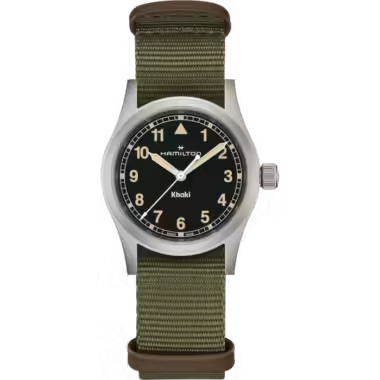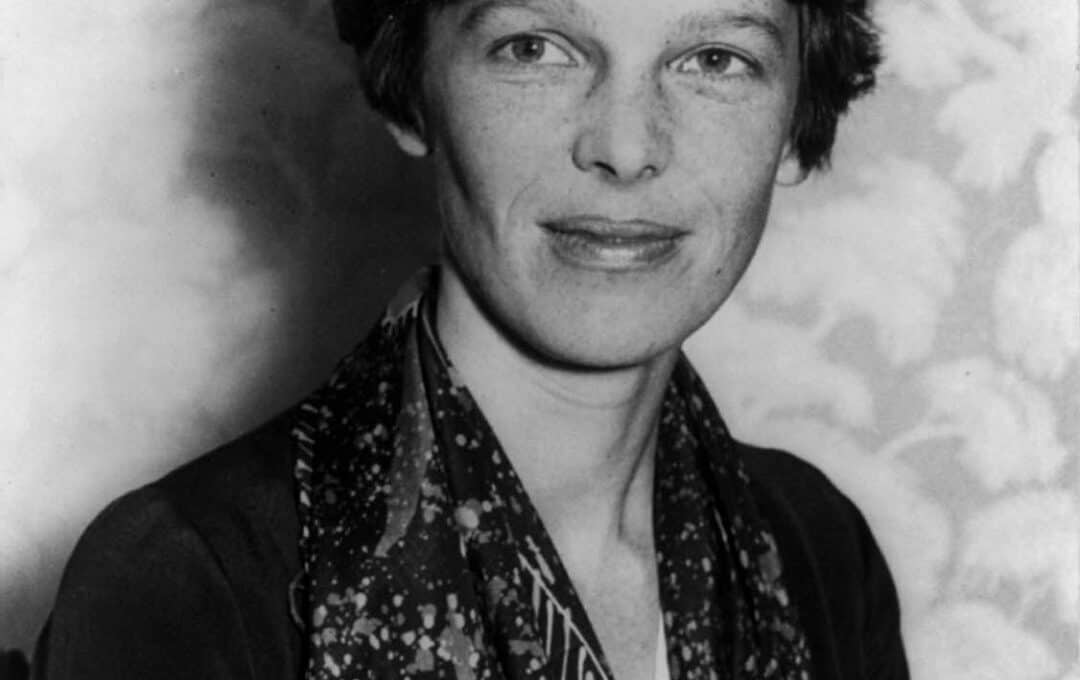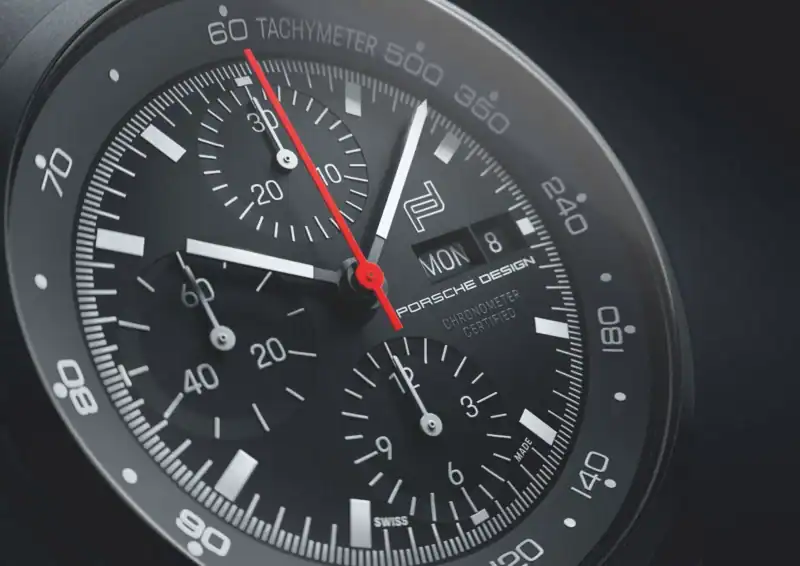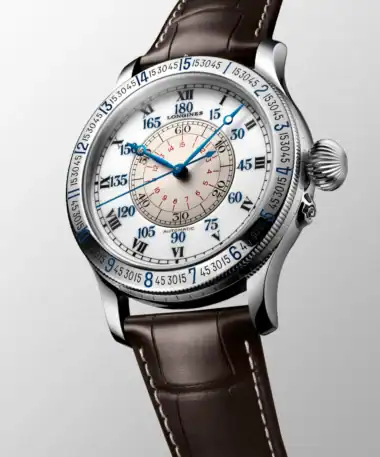The inspiring story of an extraordinary aviator – and her passion for mechanical masterpieces
When it comes to watchmaking and world records, few spring to mind. Facing the freezing waters of the English Channel in 1927, Mercedes Gleitze became the first woman in history to complete the swim, and she did it with the Rolex Oyster watch secured around her neck. She was one of many accomplished athletes and explorers who proudly wore the Rolex name while completing some of sporting history’s most memorable moments.
Another example? The Rolex Oyster Perpetual, worn on the wrist of Sir Edmund Hillary in his defeat of his Everest expedition in 1953, or how about the moment Sir Malcolm Campbell set a new land speed record of over 300mph across Utah’s Boneville Salt Flats, wearing a Rolex in his Bluebird during the 1930s?
In addition to records on land and at sea, Amelia Earhart’s flight across the Atlantic shines brightly.
Perhaps aviation world records are lesser known. Or maybe those aforementioned moments in history became so well exposed because Rolex has a global reputation. One of the most inspirational aviation personalities we should all recognise is Amelia Earhart – the first woman to fly across the Atlantic completely solo in 1932 whilst using her watch for reference.
Amelia Earhart in the 1930s in front of her Lockheed Model 10

More than an aviation pioneer
This fascinating story has by no means been condemned to the dusty realms of some mothball-ridden library of artefacts. It is still being discussed today, but perhaps not as much as it should. Amelia Earhart’s courage and determination have been retold in the film, Amelia (2009), where Hillary Swank, who plays her character, wears a Hamilton Khaki Field watch throughout the film, a brand that Earhart is believed to have worn over her years as a successful and daring aviator.
Hamilton Khaki Field watch from the year 2025

Hamilton Khaki Field / Hamilton
Hamilton holds records of its own, having had its timepieces feature in over 450 films since the 1930’s. The brand’s close relationship with the silver screen and its rich cinematic catalogue has seen many a famed Hollywood actor sport an iconic watch on their wrist, including the Khaki Aviation Day-Date Auto, which starred in Interstellar (2014) and the Khaki Aviation X-Wind Auto Chrono, which featured in the 2016 film, Independence Day – Resurgence. The Milton Khaki Field watch worn by Swank in the film that pays homage to the courageous female pilot Amelia Hart, however, is fitting of the era in which she disappeared mid-flight in 1937, emulating the styles of the vintage Hamilton watches worn during this era.
Amelia Earhart crossed the Atlantic in 1932 – her courage and her watch were her most important companions.
But Earhart was more than an aviation pioneer. She was a true watch enthusiast. Her But here’s the thing: Earhart was not just a pioneering female pilot. She was a watch enthusiast, too. Her love for mechanical timepieces ran much deeper than Hamilton watches alone. Earhart was known for her distinctive aviation style, wearing leather jackets and aviation-inspired clothing as part of her identity. But her love for the Tiffany travel watch and Patek Philippe’s split-seconds Monopusher explains the conflicting information around which watch she wore during her transatlantic flight in 1932 and her fateful disappearing flight in 1937.
Patek Philippe Monopusher Chronograph from the year 2022
Earhart’s watch is still clocking up the air miles
Interestingly, one watch in question – the Longines Monopusher chronograph – resurfaced 80 years after it was believed to have been worn during Earhart’s record-breaking moment in history, accompanying astronaut Shannon Walker in 2010 aboard the Soyuz TMA-19 spacecraft at the International Space Station. Carrying this unique piece of horological history into space was a poignant moment that marked 82 years since that aviation feat. Earhart was the first president of the Ninety-Nines group – a licenced women’s pilot’s group to which Walker belongs to still.
Longines Monopusher chronograph with the caliber 13.33Z developed in 1913

The Longines Monopusher chronograph belongs to a much larger treasure trove of historical aviation pieces developed by the Swiss brand, but that’s for another time. This model featured a two-register layout, boasting a complication that combined a classic-looking dial with the ability to control three functions with one action. Quite aptly, the story of Amelia Earhart’s sheer determination and adventurous spirit captures the pioneering legacy of watchmaking during this time and the purpose of a pilot’s watch, not just for functionality but as a stylish adornment in and out of the cockpit.
Amelia Earhart – Legend above the clouds
Amelia Earhart was born on 24 July 1897 in Atchison, Kansas. From an early age, she was fascinated by aviation – a passion that would make her one of the most iconic figures in aviation history. In 1932, she made history by becoming the first woman to fly solo across the Atlantic. Her flight from Newfoundland to Ireland earned her worldwide acclaim.
Amelia Earhart – aviator and pioneer of aviation

Beyond her achievements as a pilot, Earhart was a tireless advocate for women in aviation. In 1929, she co-founded the Ninety-Nines, an organization of female pilots that continues to thrive today. Her courage and dedication made her a role model far beyond the world of flight.
In 1937, Amelia Earhart vanished over the Pacific Ocean while attempting to circumnavigate the globe along the equator – a mystery that remains unsolved to this day. Her legacy endures: a symbol of adventure, determination, and the fight for equality.


















